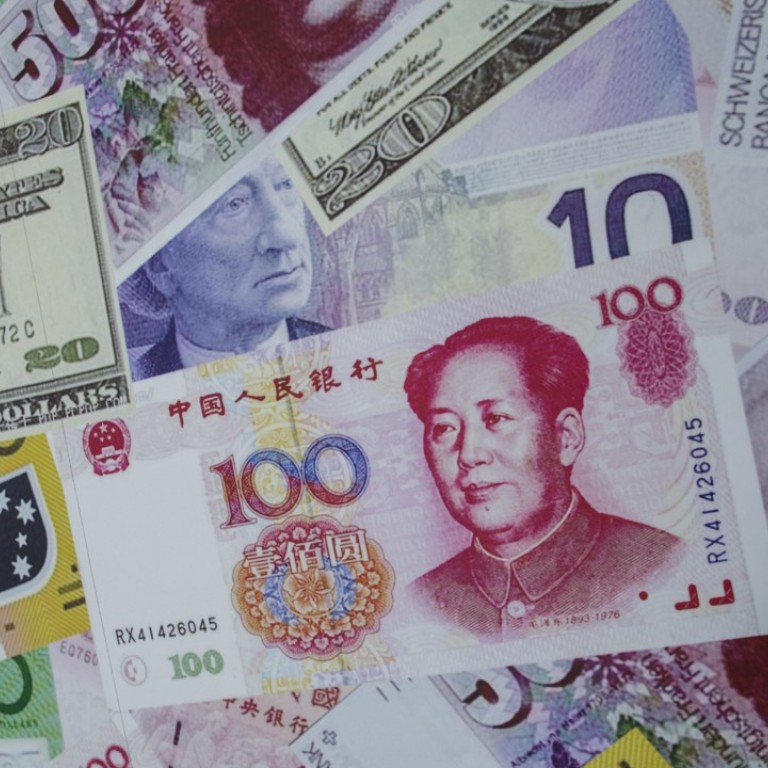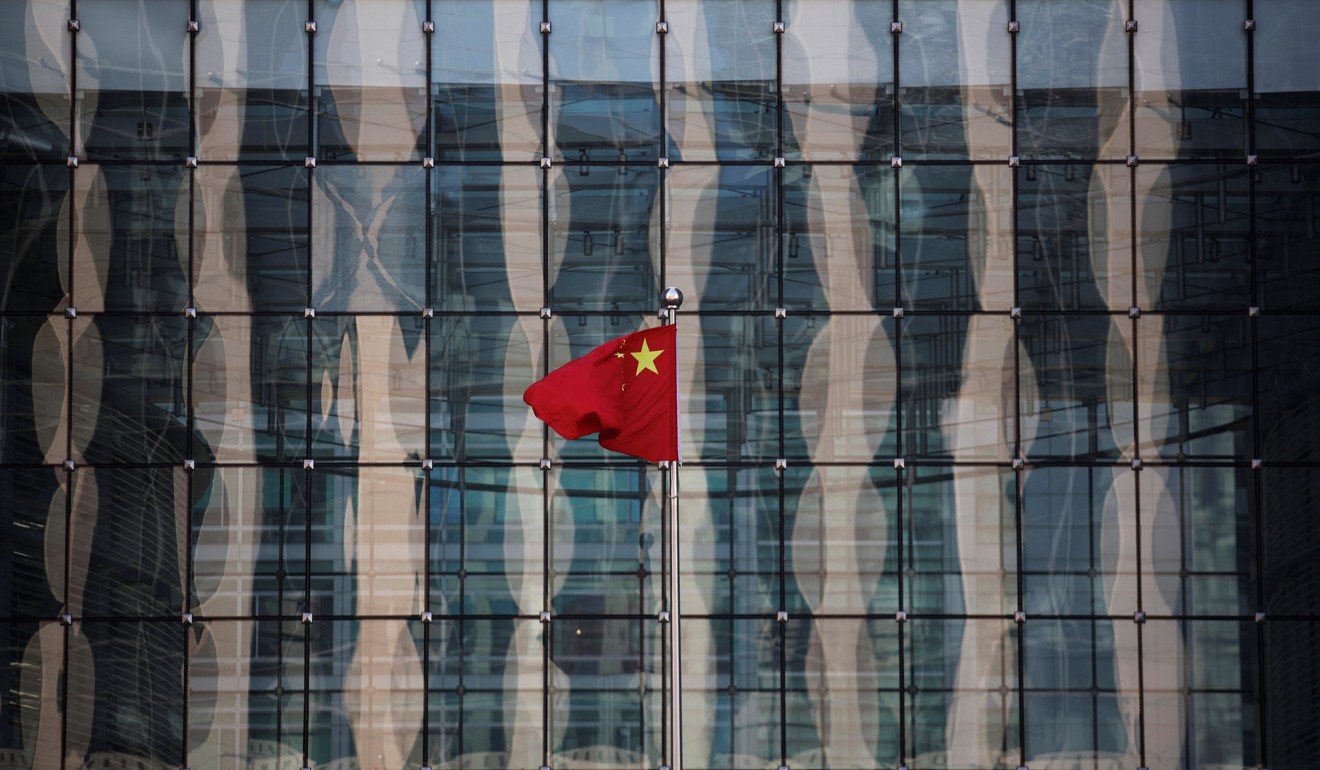
Renminbi’s share as international payment currency drops for second month in September: SWIFT
The agency cites Beijing’s measures to curb capital outflows and a decline in RMB deposits in offshore centres as factors
The share of the Chinese renminbi as an international payment currency declined for a second straight month in September, sliding down the global list to rank behind the Canadian dollar, according to global financial messaging service provider SWIFT on Tuesday.
The Chinese government’s capital control had reduced the outflow of the renminbi (RMB), with key offshore centres, such as Hong Kong, recording a “marked decline” in RMB deposits, it said.
International usage of the RMB accounted for 1.85 per cent of payments by value in September, ranking No. 6 among major currencies worldwide, SWIFT (the Society for Worldwide Interbank Financial Telecommunication), the network that global financial institutions use to send payment instructions each day, said in a report.
The ratio has dropped for two consecutive months, down from two per cent in July to 1.94 per cent in August, and then falling further in September.
The Chinese currency ranked No. 5 in both July and August as an international payment currency.
In September, the US dollar was the most active currency globally, used for 39.79 per cent of payments in value, followed by the euro, the British pound, the Japanese yen, and the Canadian dollar.

“Following extensive outflows for property and acquisition, or other purchases, the government has put measures in place to reduce the outflow of RMB.”
There has also been a “marked decline” in the number of RMB deposits in key offshore centres, such as Hong Kong and Taiwan, due to the emergence of new opportunities for direct investment into mainland China, they added.
Following extensive outflows for property and acquisition, or other purchases, the government has put measures in place to reduce the outflow of RMB
They also noticed a shrinking demand for RMB in global payments over the past two years.
“Despite the opening of more RMB clearing centres in markets around the world and inclusion in the IMF’s Special Drawing Rights currency basket in October 2016, the utilisation of Chinese renminbi globally as a payment currency has lost momentum over the last two years.”
The RMB fell to below two per cent of global payments in 2016, nearly one-third lower than the previous year, figures from SWIFT showed.
Earlier this year, Fitch Ratings said in a report that the Chinese government’s policies to curb capital outflows and ongoing concerns over the Chinese currency’s depreciation could hold back the RMB’s internationalisation in the short term.
Still, the SWIFT analysts expected usage of the RMB to increase over time, as China’s Belt and Road Initiative will likely stimulate the need of the Chinese currency in cross-border trade, cash management, financing and investments.
The government measures to tighten capital controls were also likely to be reduced once outflow pressures are under control, and the government could recommit to its drive to support growth in the RMB’s internationalisation, they said.

